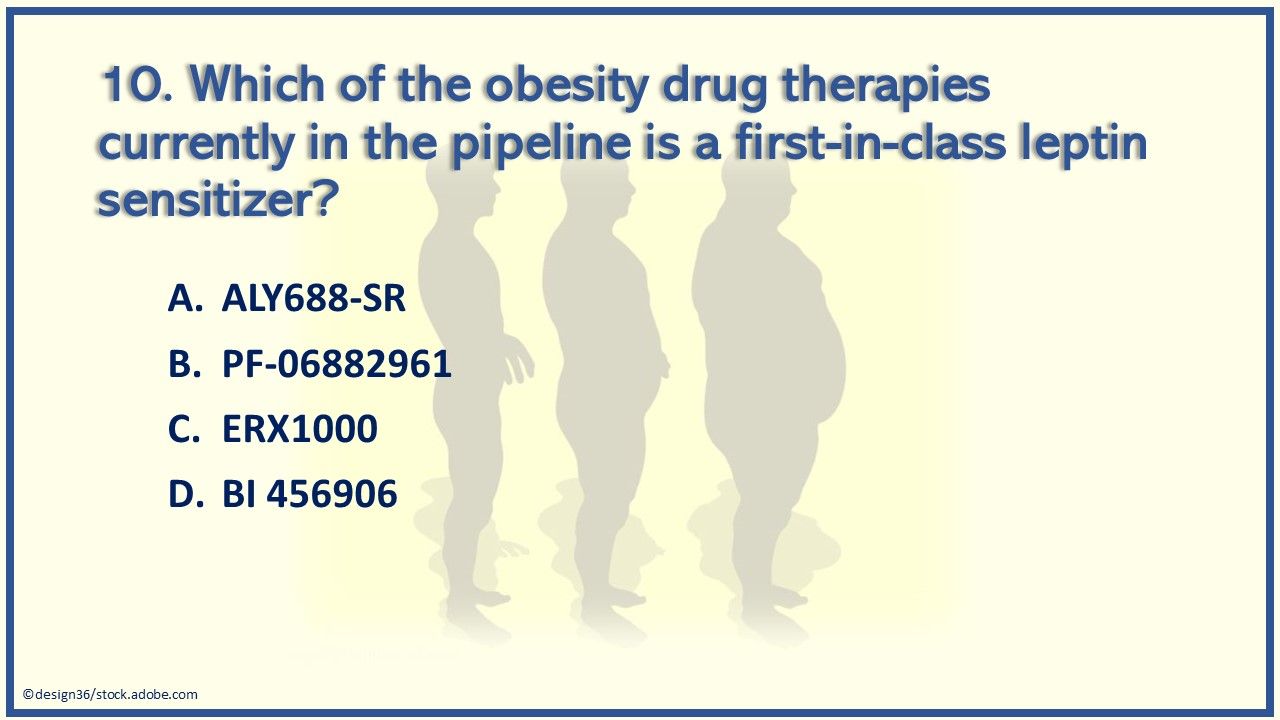
September 5, 2024
Long-lasting Efficiency And Safety Of Anti-obesity Therapy: Where Do We Stand? Existing Weight Problems Reports
Pharmacotherapy For Excessive Weight Page 5 Setmelanotide stands for a potential intriguing https://s3.us-east-1.amazonaws.com/pharma-marketing-strategies/Pharma-regulatory-compliance/product-strategy/tesofensine-a-br.html alternative for patients with MC4-R pathway dysfunction. A medical research in humans reviewed the results of tesofensine onappetite reductions and energy expenditure to make clear the underlyingmechanisms. Thirty 2 healthy men were treated with 2mg/d of tesofensine for1 week and afterwards randomized to l. 0mg/d or sugar pill for an additional 7 days. Also whileattempting to keep food intake, subjects shed 1.8 kg over the 2 weeks.Tesofensine treatment raised aesthetic analog scale ratings of satiety andincreased 1 day fat oxidation relative to sugar pill. Although a modification in totalenergy expense was not discovered, sleeping energy expenditure wassignificantly higher.Mechanism And Treatments Of Antipsychotic-induced Weight Gain
These results show that the tesofensine-induced decrease in sucrose usage, gauged by the number of licks, is because of lowered feeding consummatory behavior rather than merely hindering oromotor reflexes generated by optogenetic stimulation. T-distributed Stochastic Next-door neighbor Embedding (t-SNE) is an automated dimensionality decrease method that attempts to group nerve cells with similar firing prices in a low-dimensional space to efficiently maintain neighborhood identity [36] In this manuscript, t-SNE was used to decrease the dimensionality of the matrix with neuronal task. All information points were organized making use of an ordered clustering evaluation running the Matlab function link (Ward). Tesofensine was reported to reduced body weight by as much as 8% over 6 months in a large clinical test of over 250 obese people, with an ordinary reduction in fat mass of 12%. In addition, when contrasted to placebo, the treatment caused significant enhancements in fasting insulin degrees and sugar resistance. Individuals with Parkinson illness (PD) frequently experience levodopa-related electric motor fluctuations. Levodopa application adjustments, sustained-release levodopa formulations, dopamine agonists, monoamine oxidase B inhibitors, and catechol-O-methyltransferase inhibitors offer incomplete alleviation.1,2 Barring presynaptic dopamine reuptake is a new therapeutic technique. The ADVANS (Proof of Idea in Advanced Parkinson Disease of NS 2330) research study checked out the safety and efficacy of tesofensine in individuals with advanced PD and levodopa-related electric motor variations. The impact of hypothalamic sores causing rest disturbance was reported almost 100 years earlier (52 ).What are the risks of tesofensine?
Unfavorable events related to tesofensine/metoprolol included rest disturbances, dry mouth, migraine, and worsening of pre-existing anxiousness. There were no considerable distinctions in heart price or high blood pressure between therapy teams.

Tesofensine Anti-obesity Medication
Ultimately, the signals merge in centers such as the hypothalamic paraventricular center and lateral hypothalamus, and cause both adjustments to our ingestive habits and brain stem-- mediated changes to outer body organ functions and our control of energy and glucose metabolic rate. Safety data recommend that does of tesofensine above 1 mg/d could present tolerability worries in people with advanced PD, including cardiovascular results (tachycardia) and psychological results (hallucinations and sleeping disorders). It is uncertain why this study failed to reveal a clear dose-response connection for any of the primary or secondary end results. Other clinical paradoxes such as the lack of tesofensine electric motor effects in patients with very early PD,11 despite the high number of striatal dopamine transporters at this stage,15,16 might have comparable explanations. Combination therapy of metformin and fenofibrate in hypothalamic excessive weight secondary to craniopharyngioma has once again yielded unsatisfactory outcomes. Diethylpropion is the preferred amphetamine-relatedanti-obesity medicine in Brazil, as phentermine remains in the United States.Diethylpropion is to be used with caution below the age of 12 years and inpeople with epilepsy as a result of the initiation of seizures in clients withepilepsy. The clinical community identified excessive weight as a condition in 1985, but it wasnot until 2013 that weight problems was recognized as a chronic condition by the AmericanMedical Association. Physicians who educated as leptin wasdiscovered were attuned to the idea of the physiological basis of weight problems. Theirrise to settings of management in the American Medical Organization led toacceptance of obesity as a chronic disease. Thus, lack of recognition of thephysiological basis of obesity, including the subsequent physiological pressures toregain weight after weight reduction, has been a major factor to the hold-up inpromoting pharmacological methods. In fact, there are physicians that stillcontend that excessive weight is a largely a behavior problem and are reluctant toprescribe medicines to treat it.- In general, the mean adjustments in supine systolic high blood pressure in the tesofensine therapy teams were marginal (varying from − 0.29 mm Hg in the 0.125-mg-- treated team to − 1.95 mm Hg in the 0.5-mg-- cured group) compared to a small boost in high blood pressure (0.75 mm Hg) in the placebo team.
- It is thought about to be a quiet killer owing to rises in the risk of cardiovascular disease and associated cardiovascular conditions (2 ).
- Tesofensine 0.5 mg likewise looks encouraging, matching the typical fat burning achieved by qnexa with what appears to be excellent tolerability since only 16% of individuals stopped from getting the therapy over 24 weeks.
- Furthermore, there has been some argument regarding which NPY receptor is one of the most suitable prospect for the development of unique antagonists with Y1 and Y5 subtypes being the most favoured (Beck, 2006).
Previous Posteffective Weight Management Remedies With Valhalla Vigor Fat Burning Facility
" Field is attempting to make a medication that is specific for the [serotonin 2C] receptors in the mind without damaging those [serotonin 2B receptors] in the heart," Wong claims. The medication is most likely to face some uncertainty among primary-care doctors, according to Wong, as couple of may be comfortable with recommending an epilepsy treatment for weight reduction. InThought, a system of Wolters Kluwer, projections revenues of $522 million for Qnexa in 2016, while Sagient sees globally sales of $750 million the very same year. 
Social Links